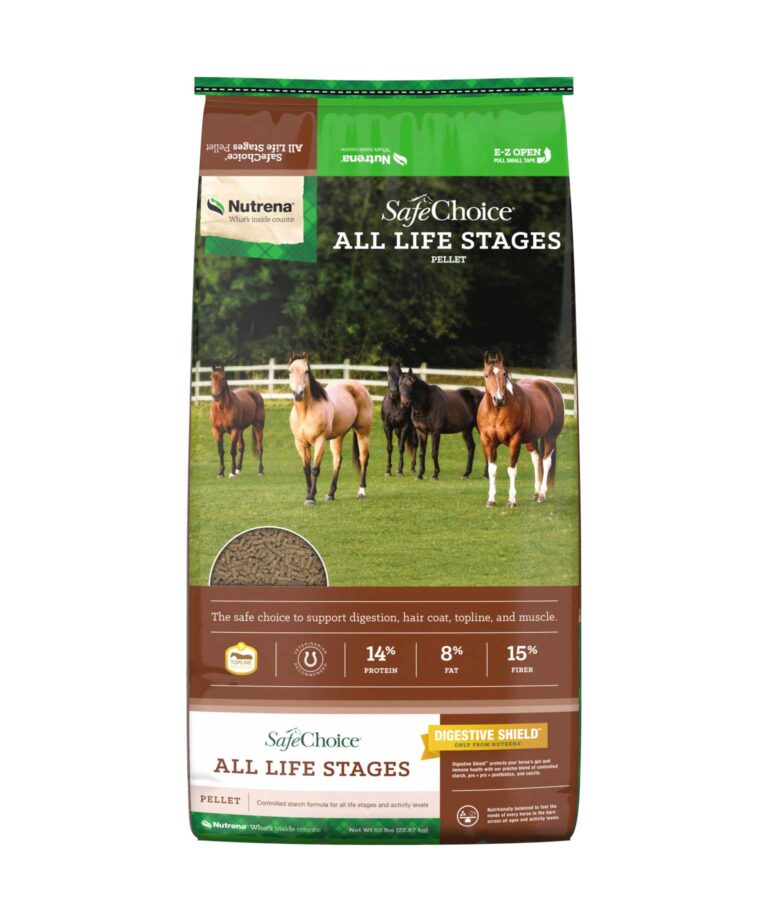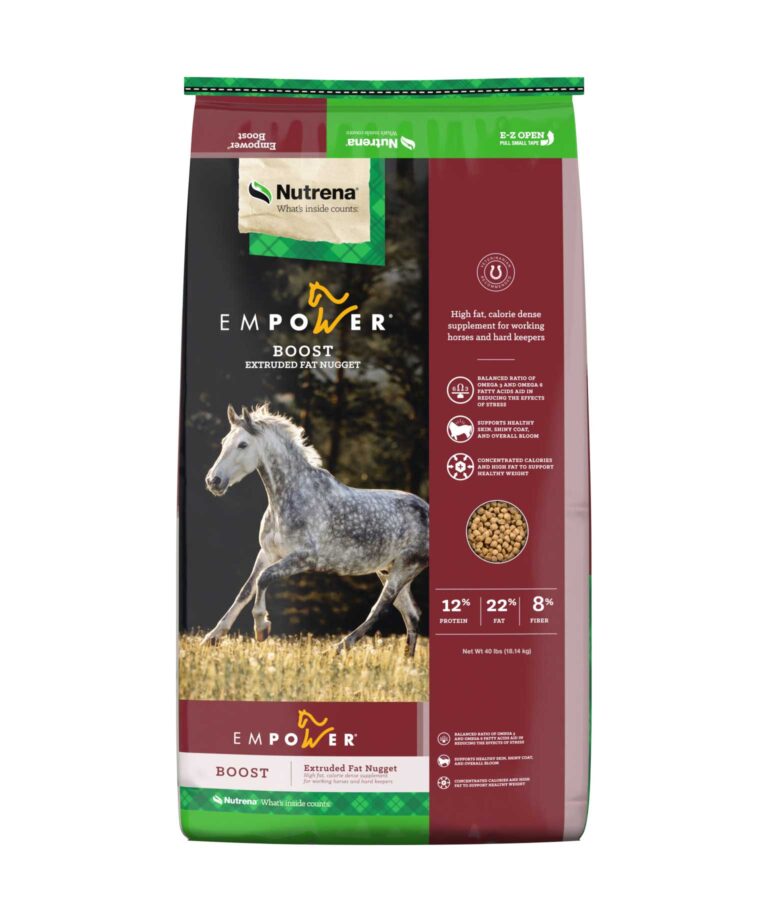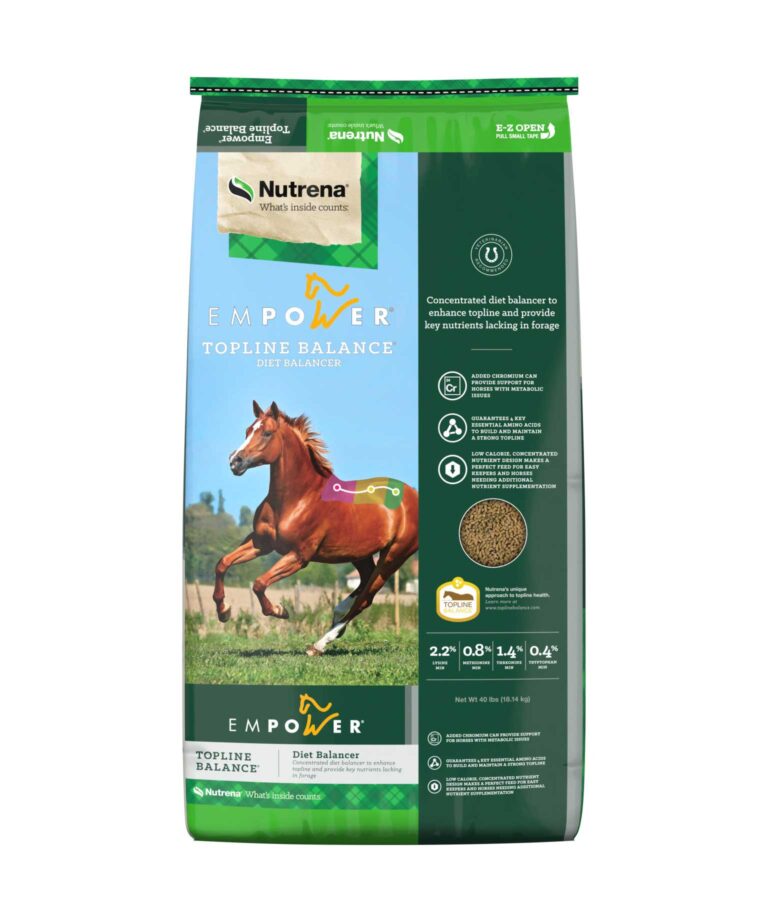The Benefits and Differences of Adding Oil to Horse Diets

Adding oil or fat to horse diets was a common practice long before research determined the many benefits of added oil diets. Horse traders hundreds of years ago knew that if they wanted a horse to gain weight and develop a slick hair coat, adding oil to the diet was one way to do it.
Different Types of Oils
Like many questions in the equine world, the answer is yes and no. The common vegetable oils used in horse feeds are corn oil, soy oil and flax oil (linseed oil). Canola oil, sunflower oil, coconut oil and palm oil are also used, but less frequently. Animal fats, excluding fish oil, are not currently used very commonly in horse feeds in the United States due to customer concern, and potential palatability concerns.
Differentiating Oil and Fat:
There are multiple chapters in nutrition books written about fats and oils. Animal Feeding & Nutrition, Tenth Addition, by Jurgens and Bregendahl is a standard text. For simple practical purposes, a fat is solid at room temperature and oil is liquid due to the differences in composition. For those of you who like the full science, fats and oils are:
- Also referred to as lipids or ether extracts
- Insoluble in water and soluble in organic solvents
- Contain about 77% carbon, 12% hydrogen and 11% oxygen.
- They all contain about the same energy, 9.45 Mcal/kg or 4,290 Kcal/lb.
- This is about 2.25 times the energy content of carbohydrates.
The Significance of Omega Fatty Acids:
There may be substantial differences in the Omega 3 and Omega 6 fatty acid profiles of different oils, particularly in the content of the essential fatty acids (EFAs) linoleic acid (C18:2 n-6), linolenic acid (C18:3 n-3) and arachidonic acid(C20:4 n-6) Arachidonic acid can be synthesized from linoleic acid and is essential if linoleic acid is not present.
- Corn oil will be higher in linoleic acid, an n-6 or Omega 6 fatty acid.
- Soy oil, particularly mechanically extracted, will contain more linolenic acid, an n-3 or Omega 3 fatty acid, than corn oil.
- Linseed oil, from flax, contains the highest % of linolenic fatty acid.
- Fish oil from certain cold water sources is the highest in Omega 3 fatty acids, although it may present some palatability issues.
Oil Production Methods:
Vegetable oils come from the seed of the plant with most being in the germ. They are produced by either solvent extraction or mechanical (squeezing or crushing the seeds) extraction. They can either be refined or in crude form, depending on the processing. All of the vegetable oils contain essentially the same amount of energy and are generally palatable if processed and stored properly.




